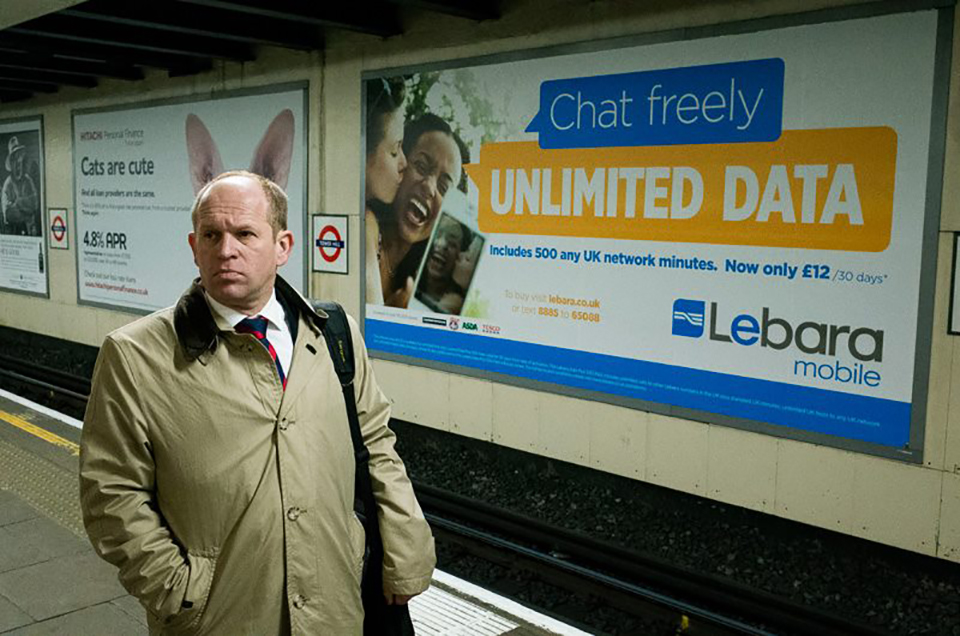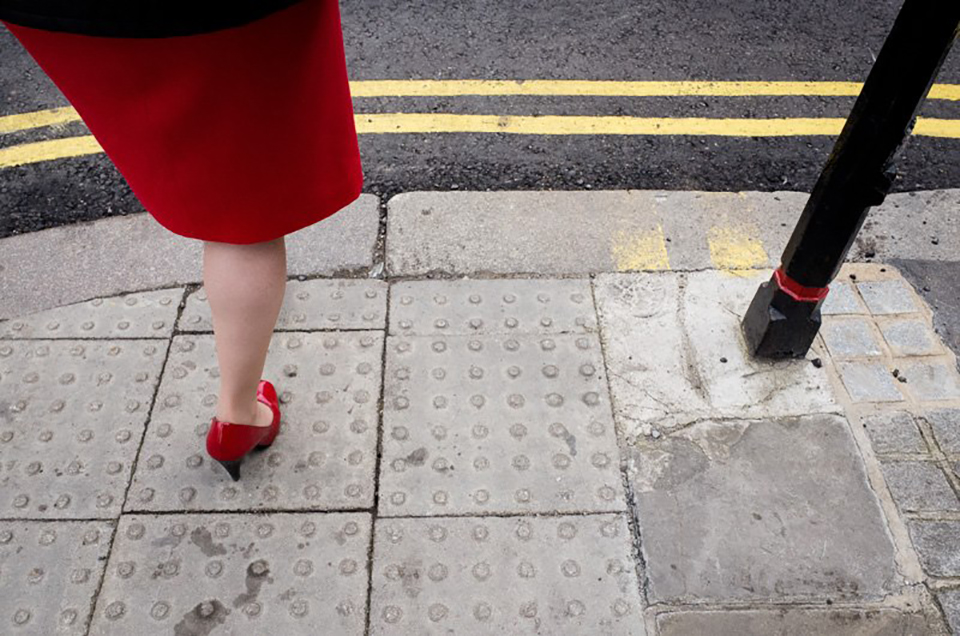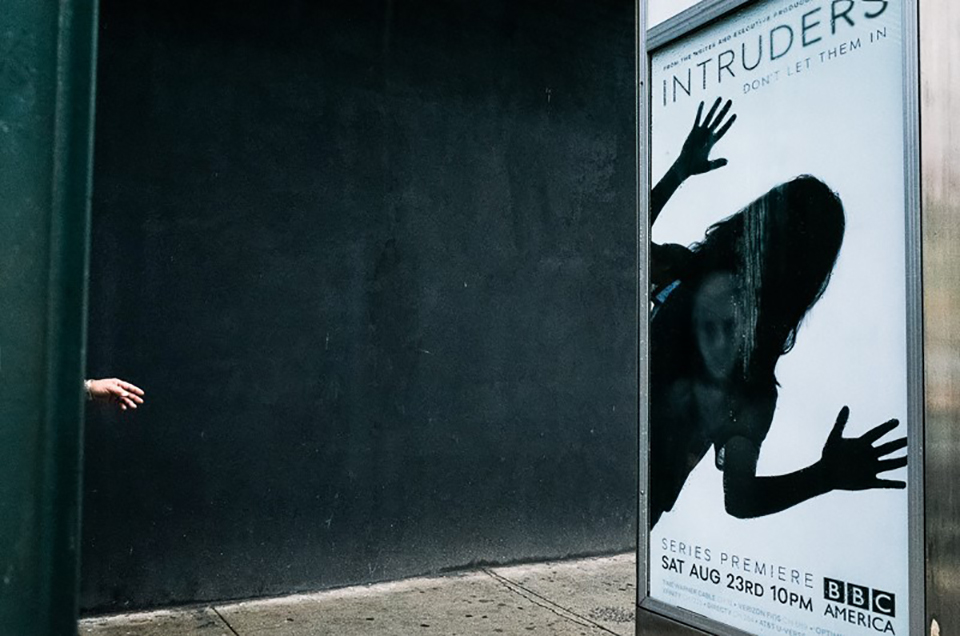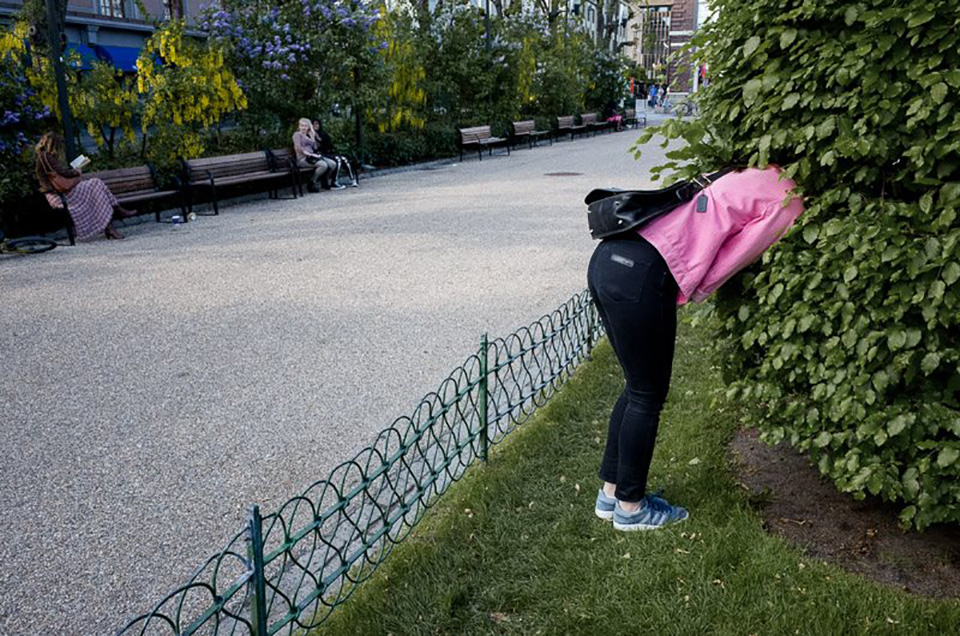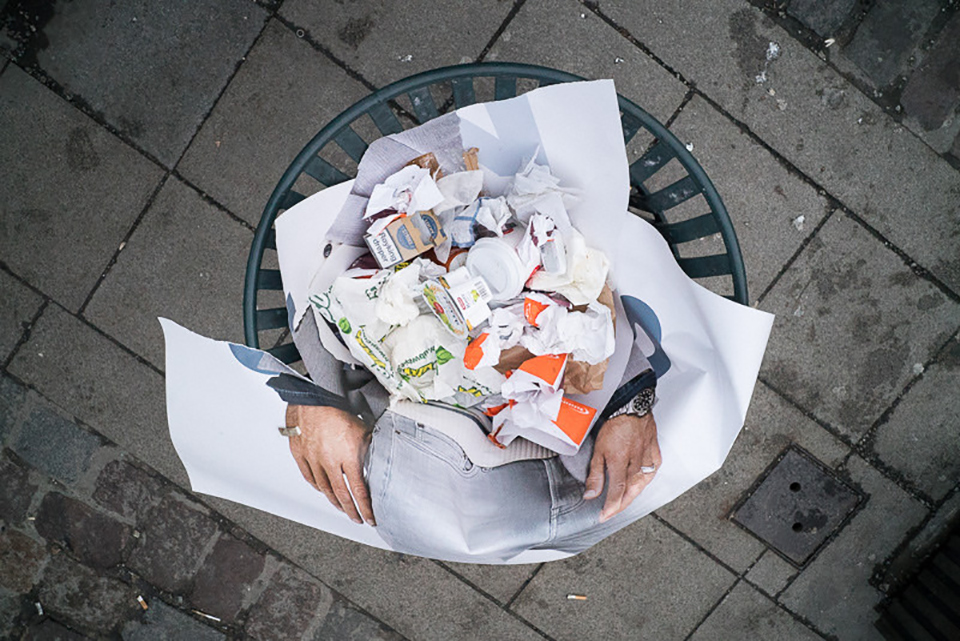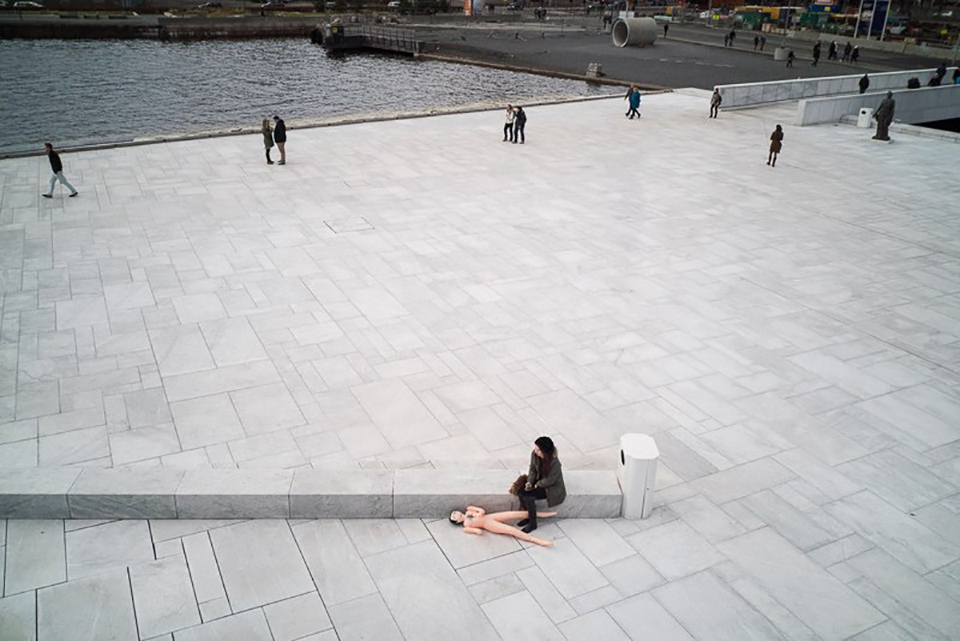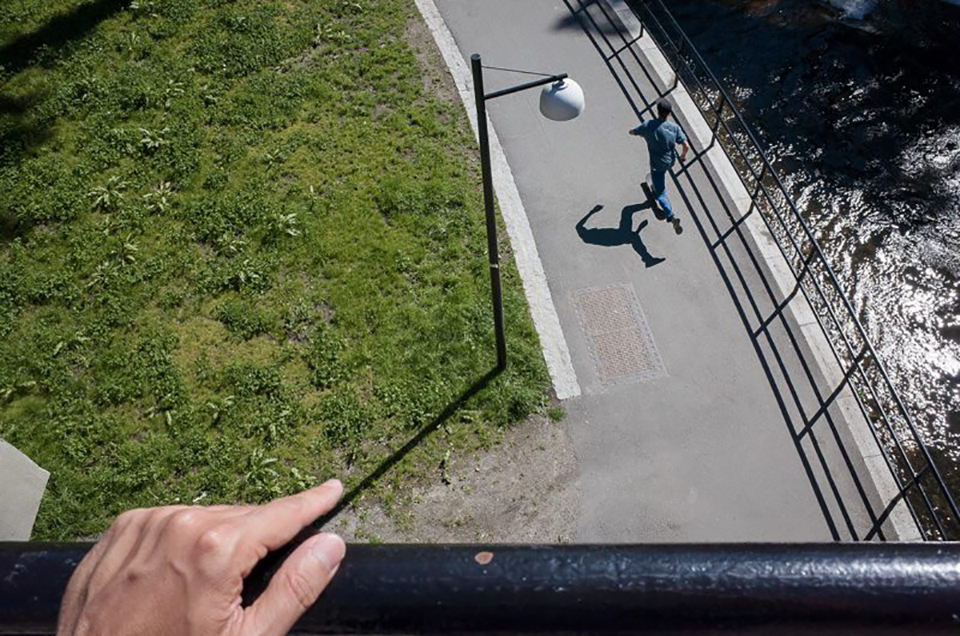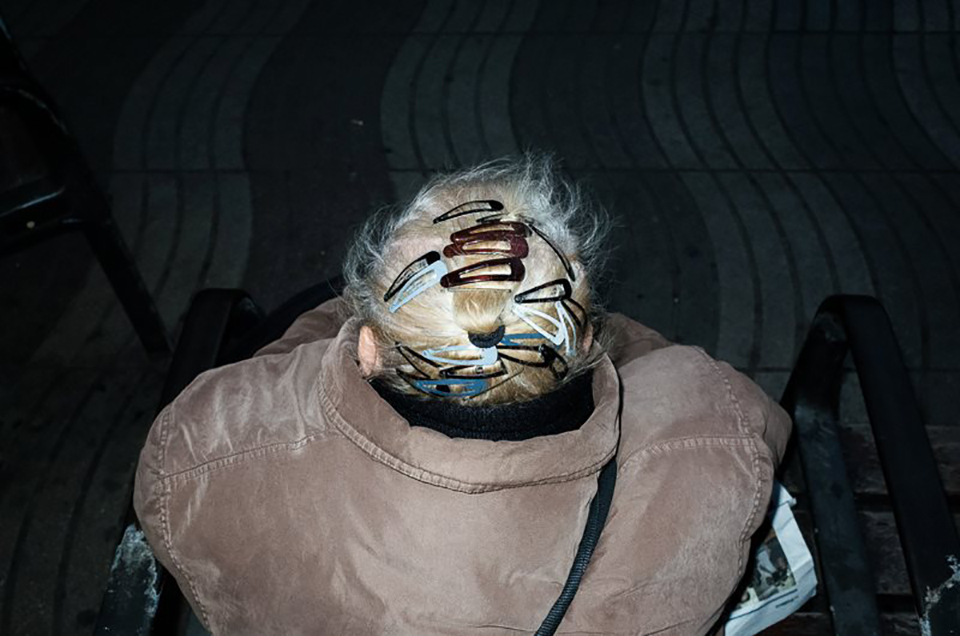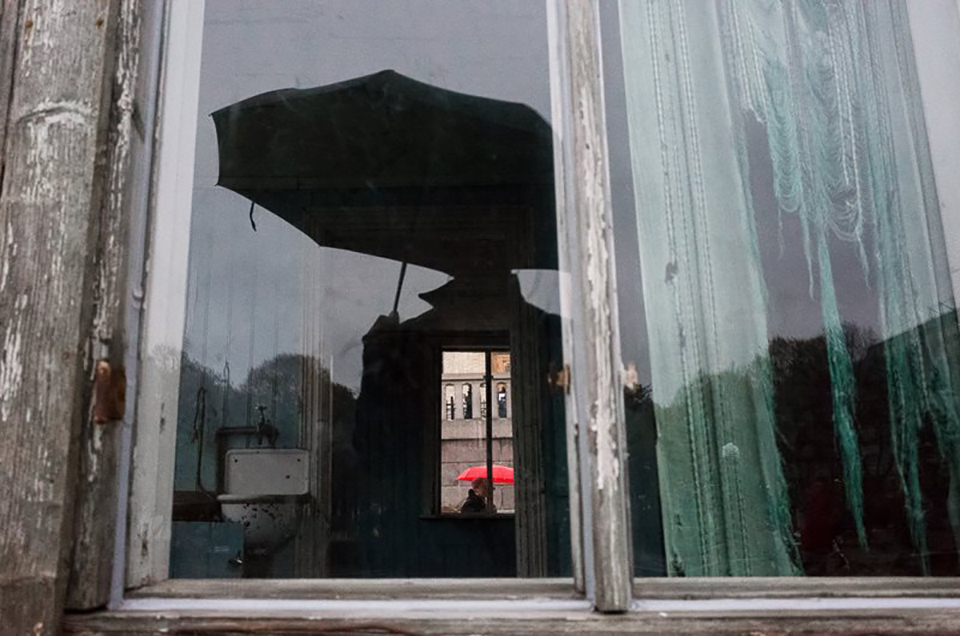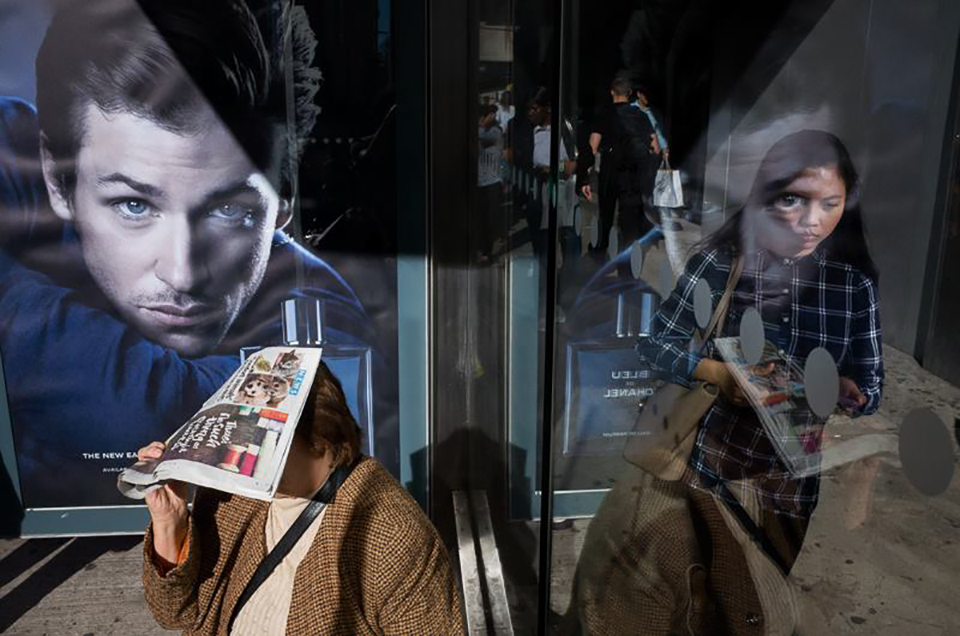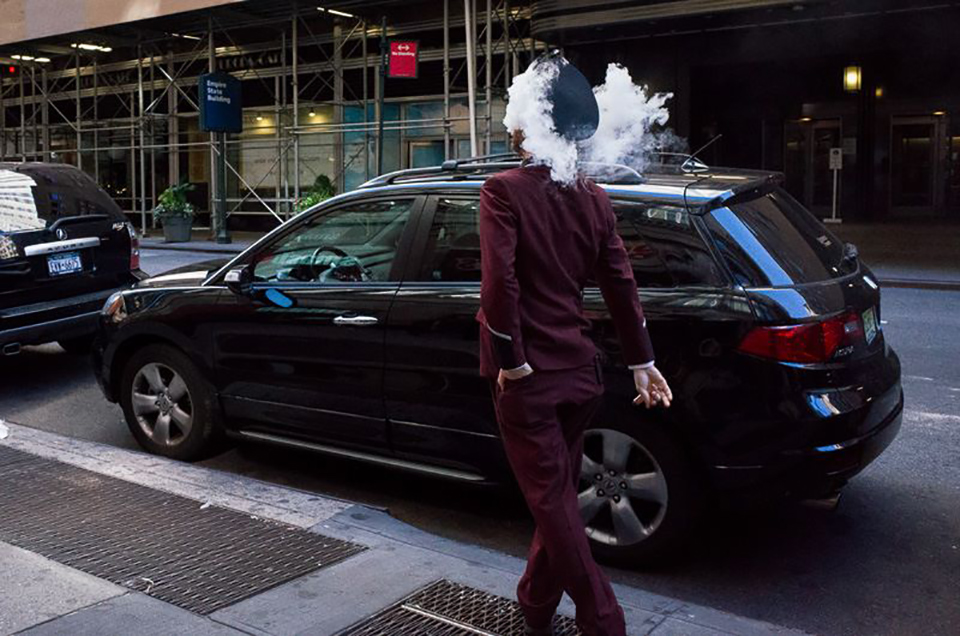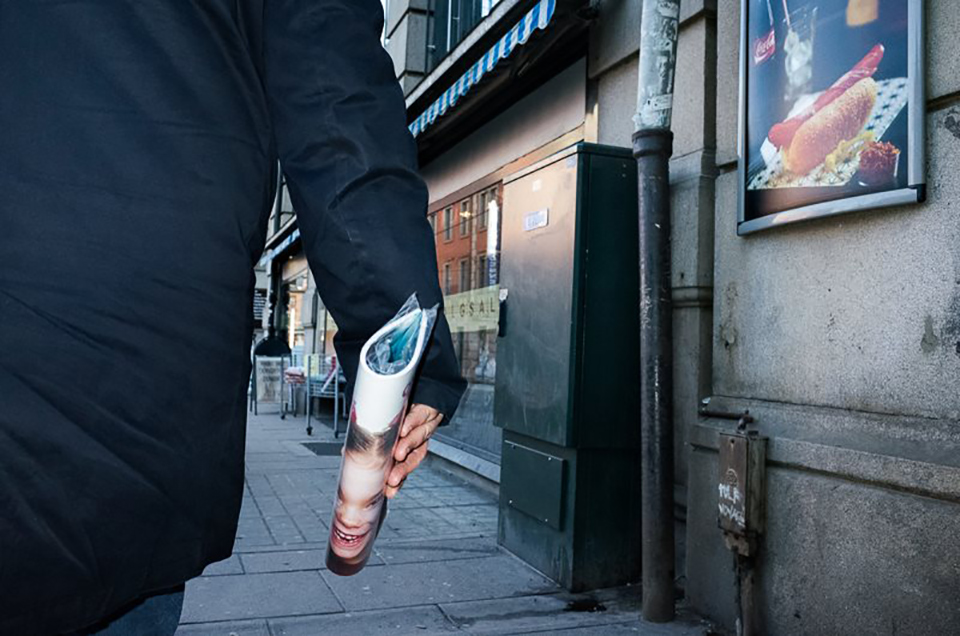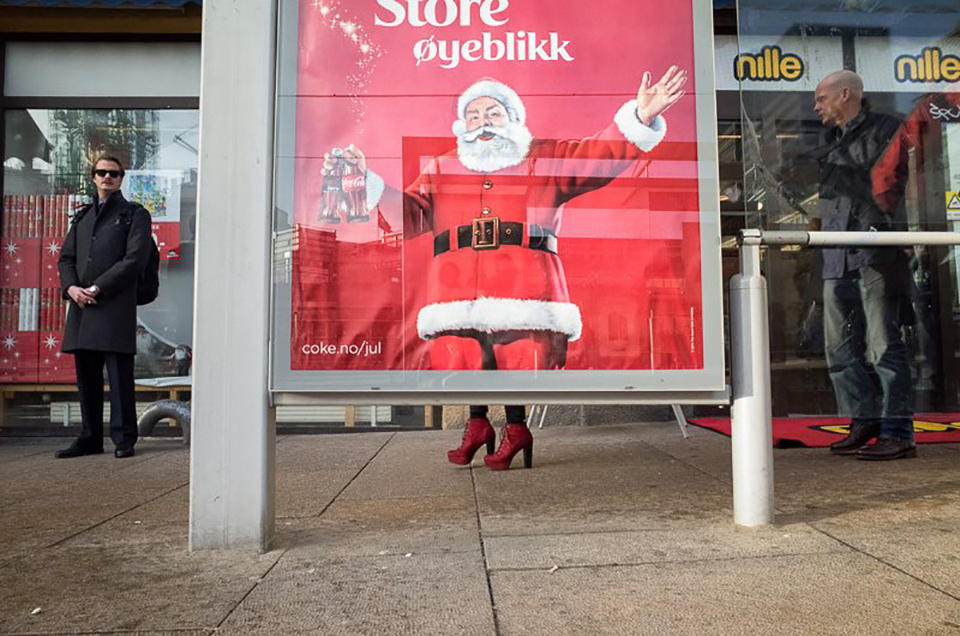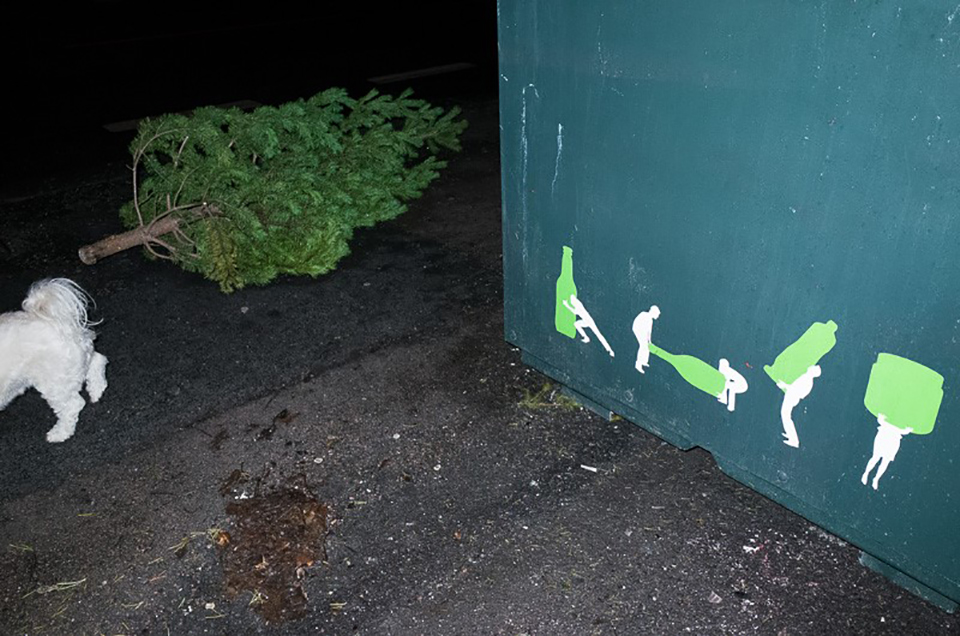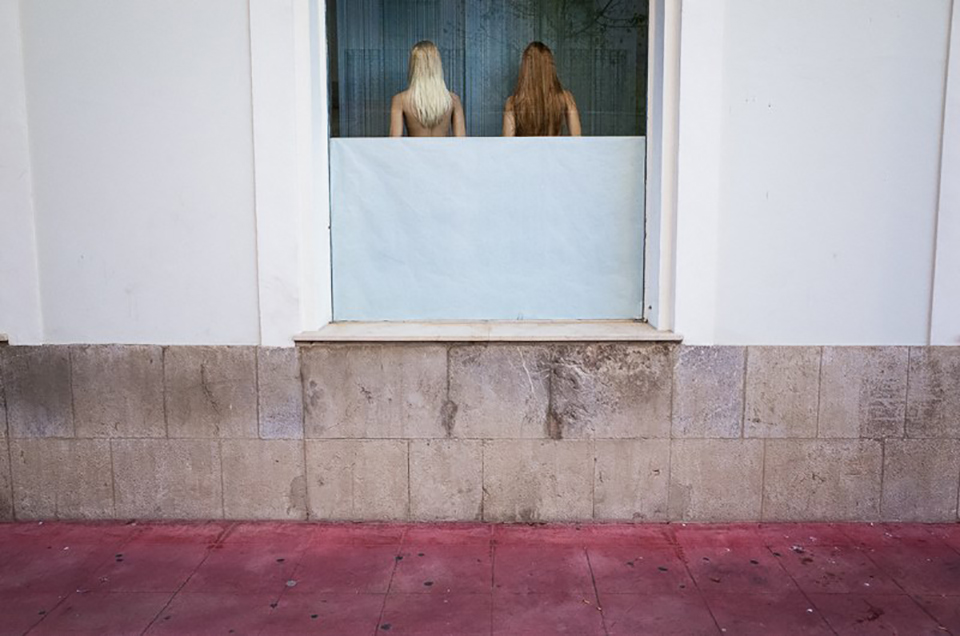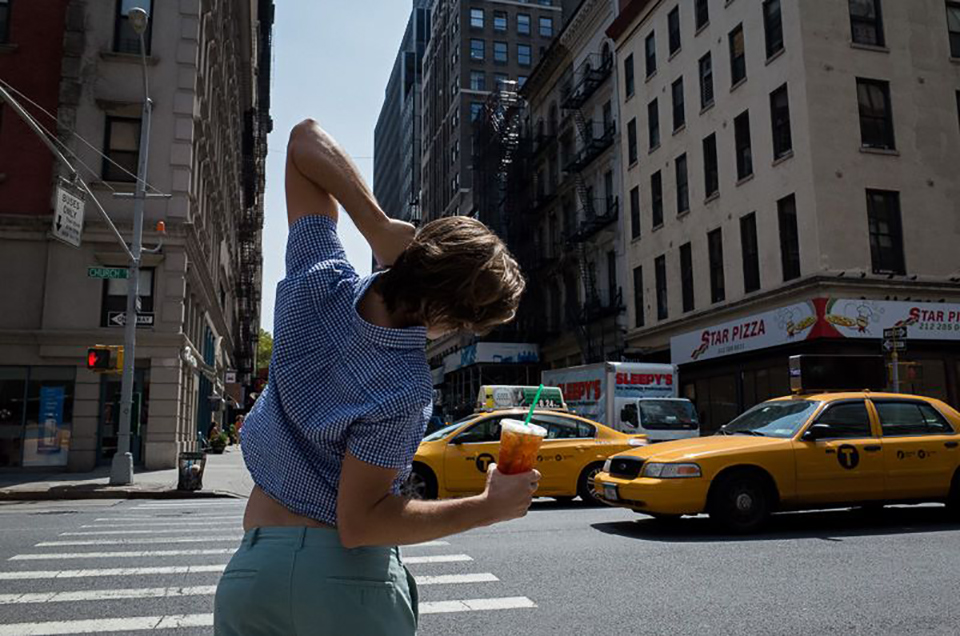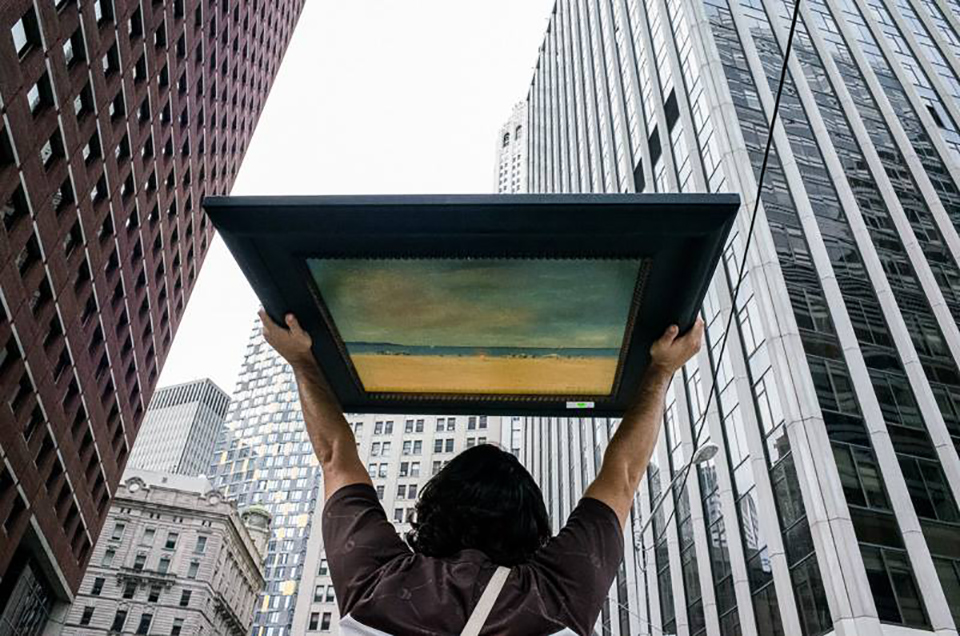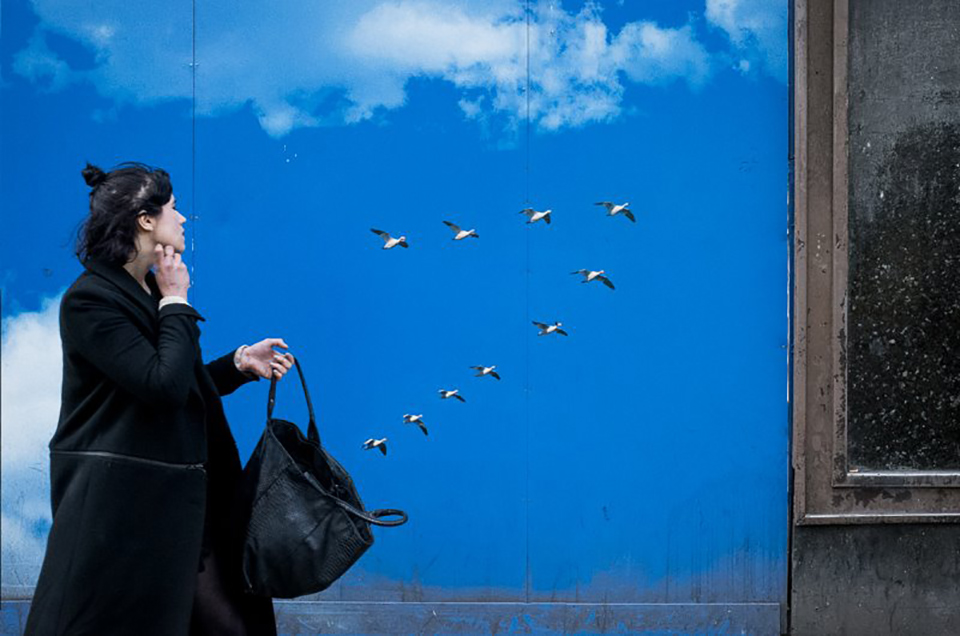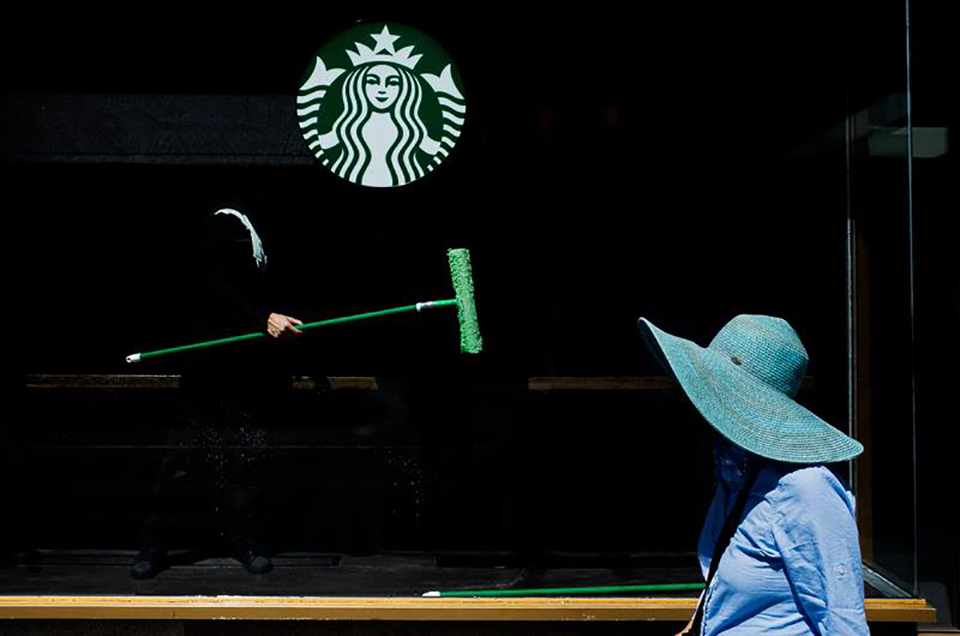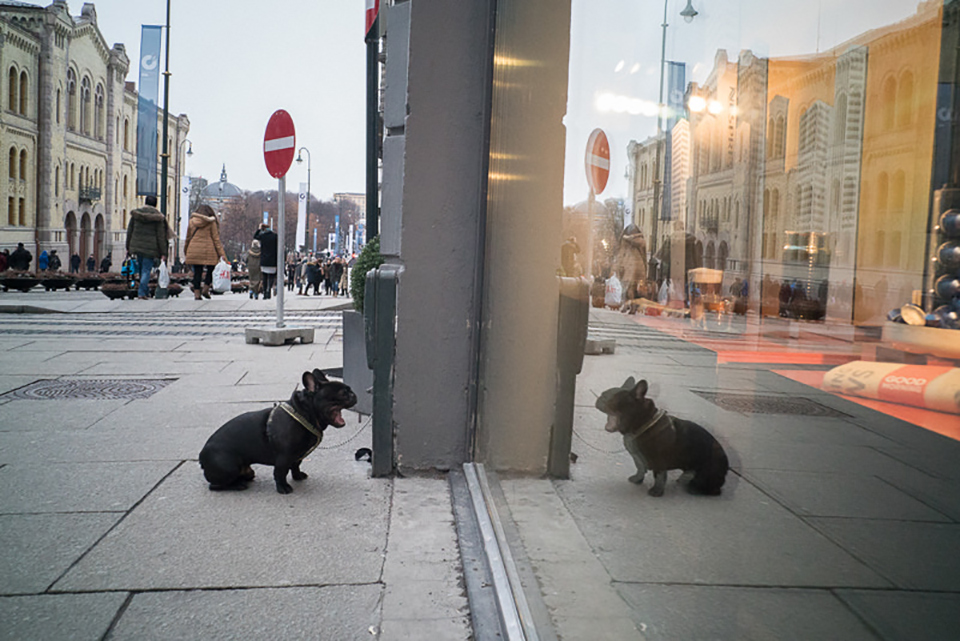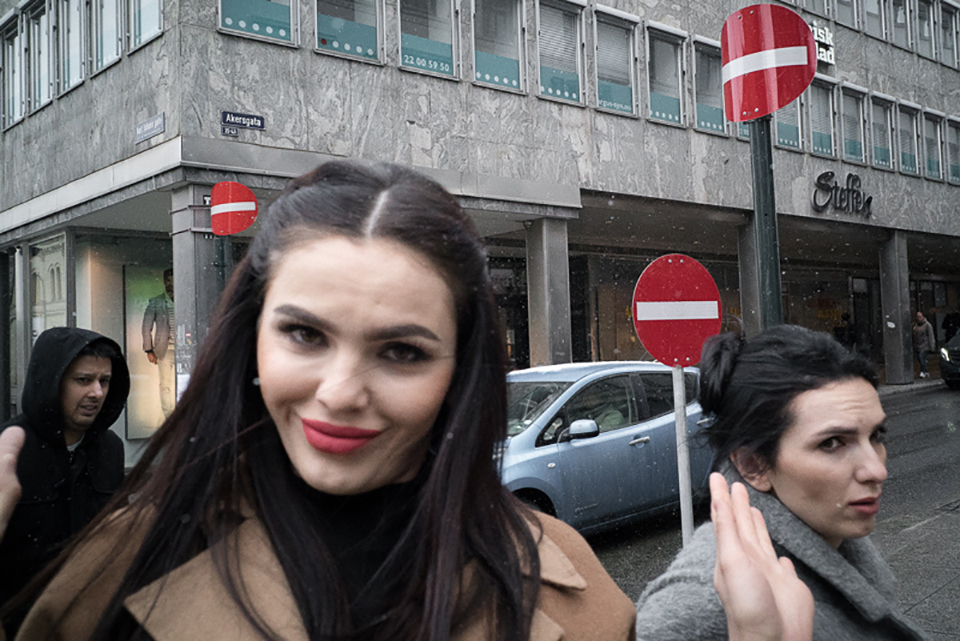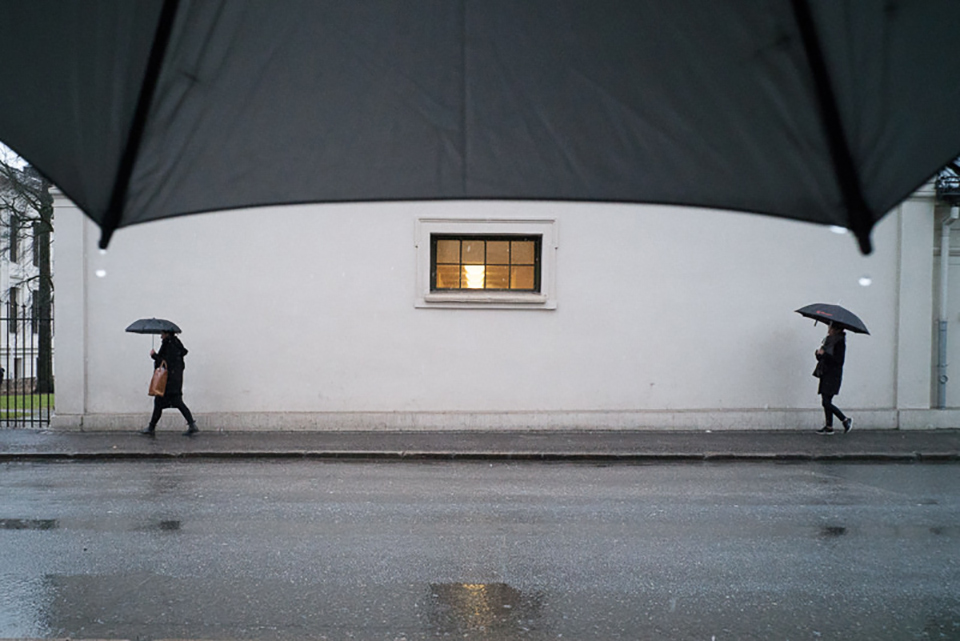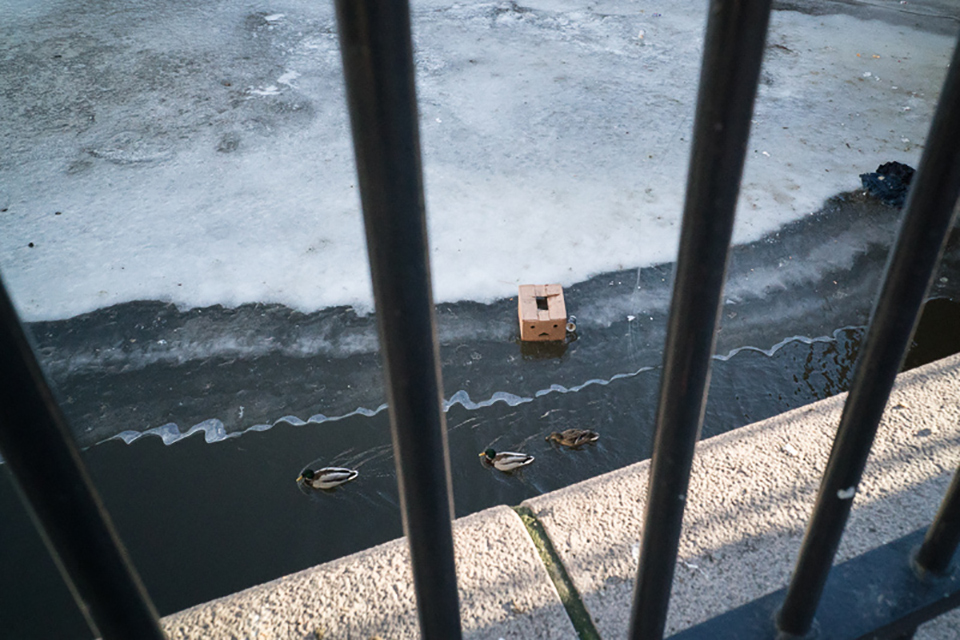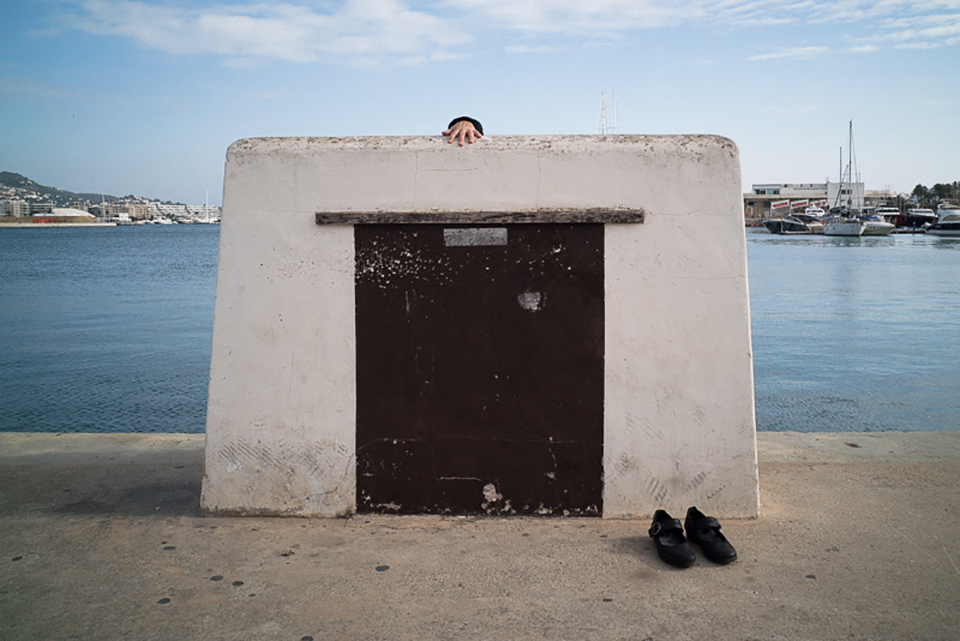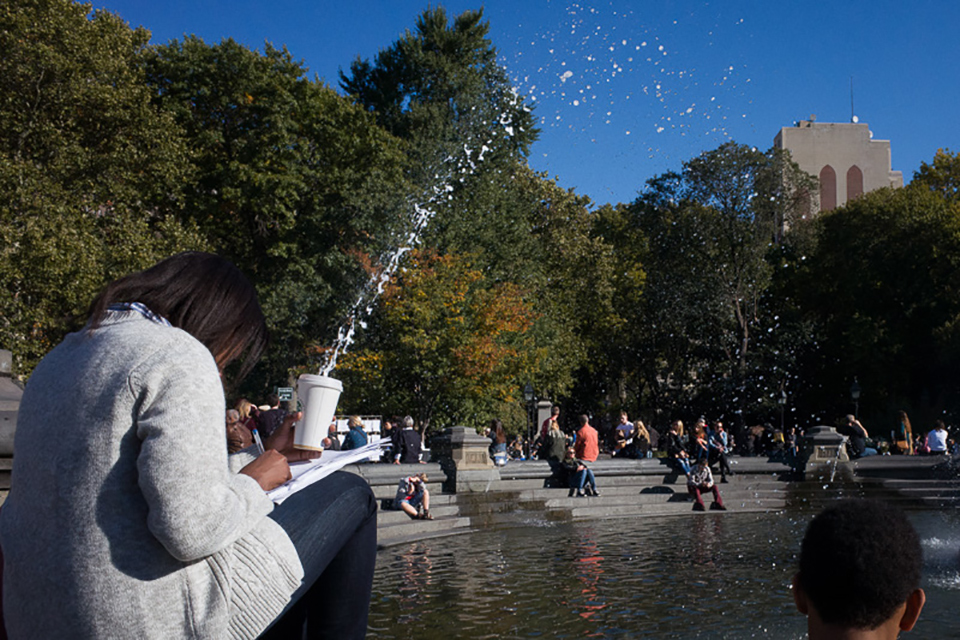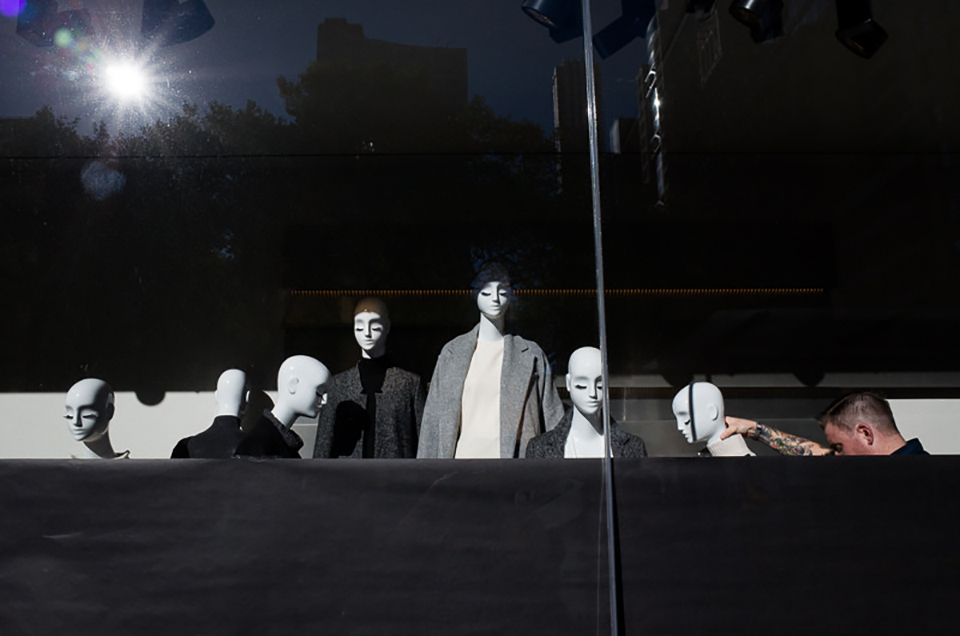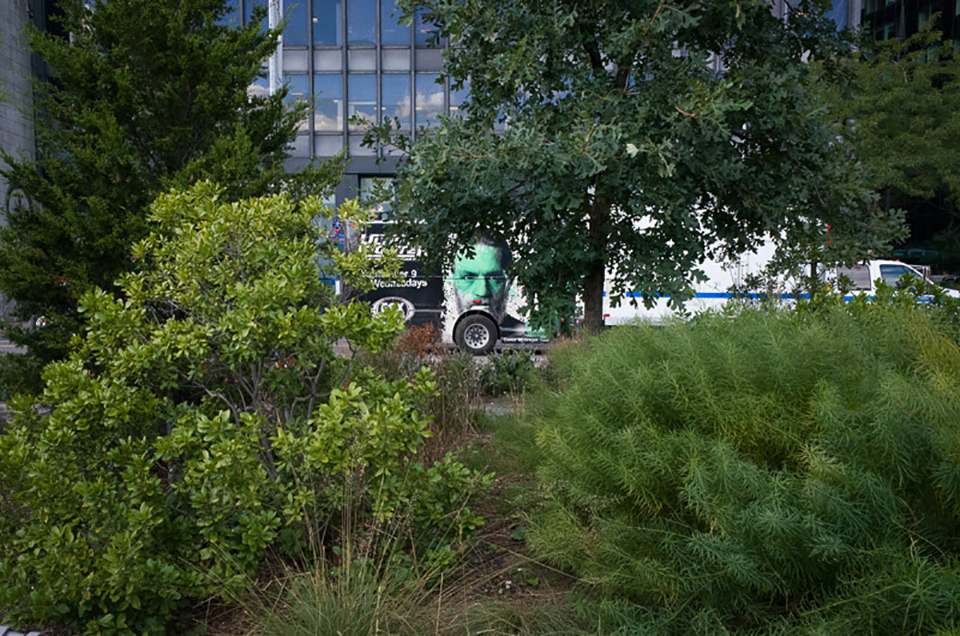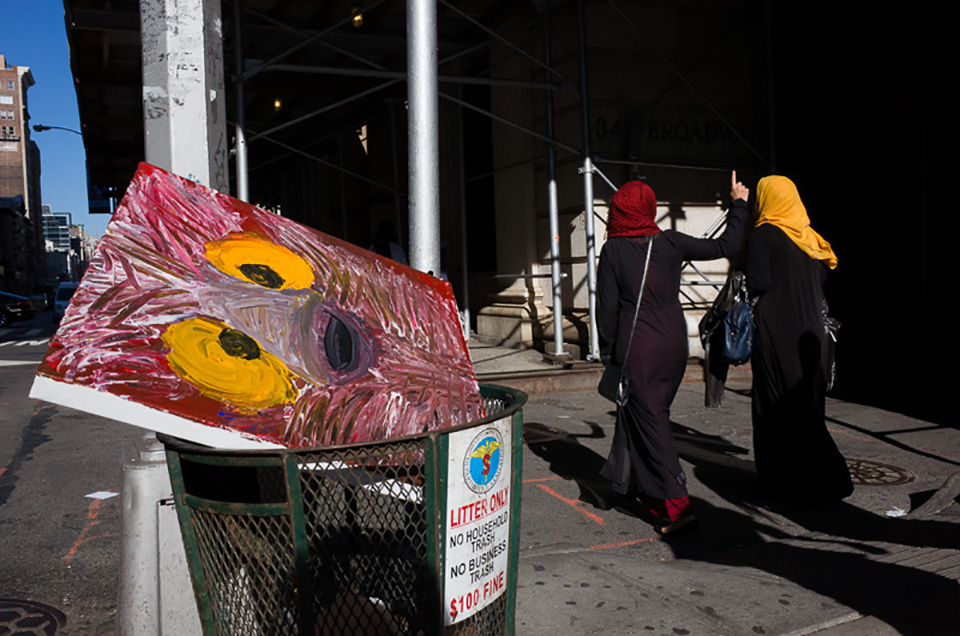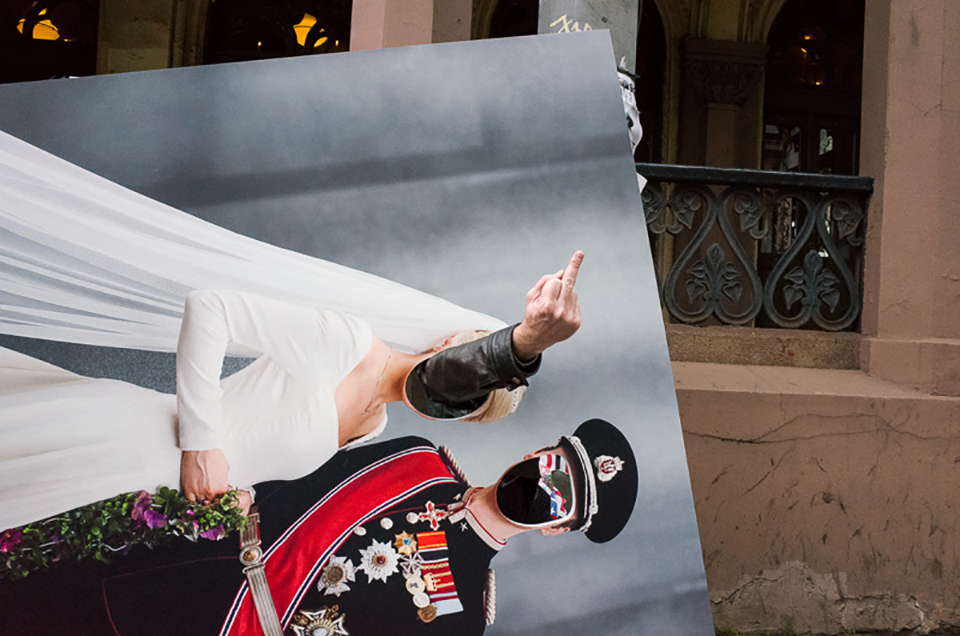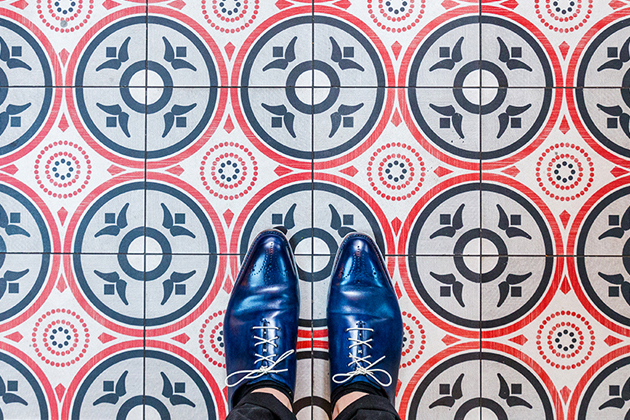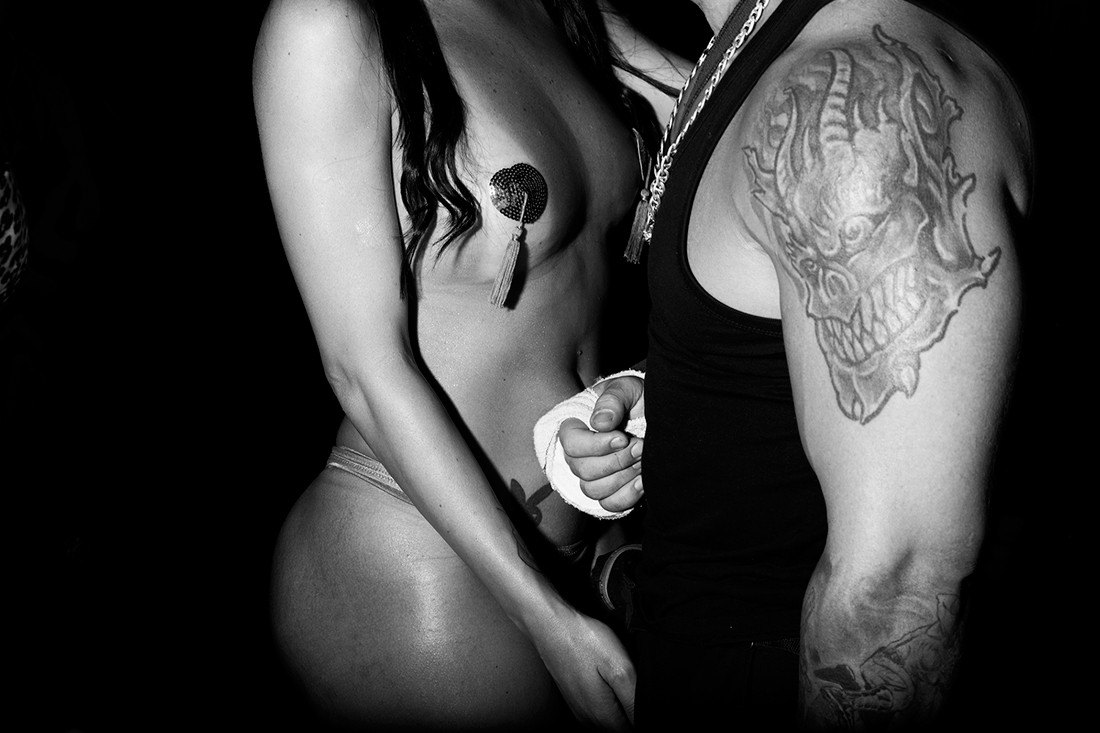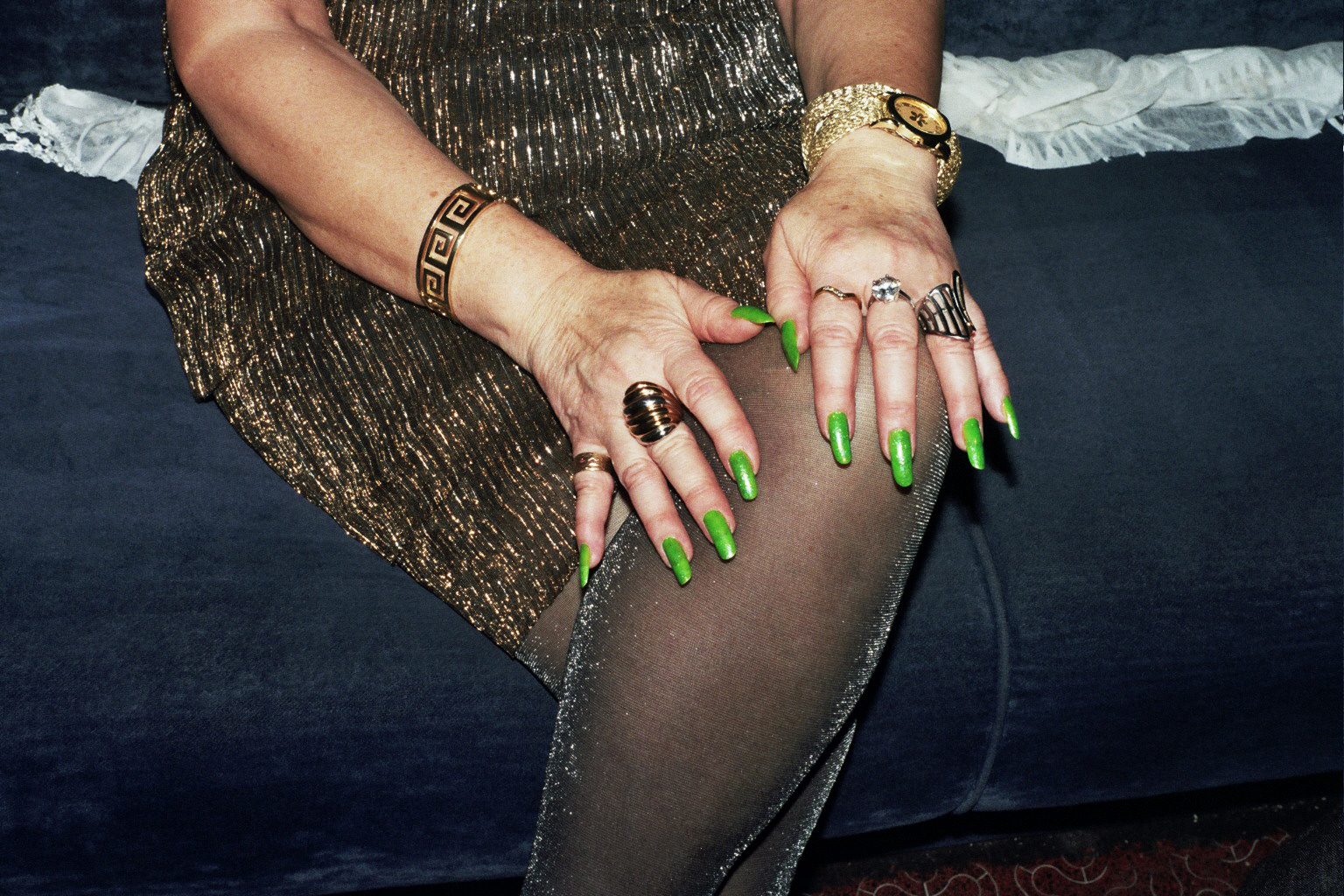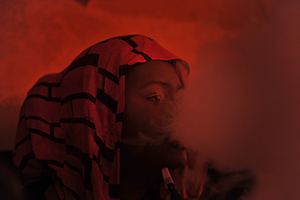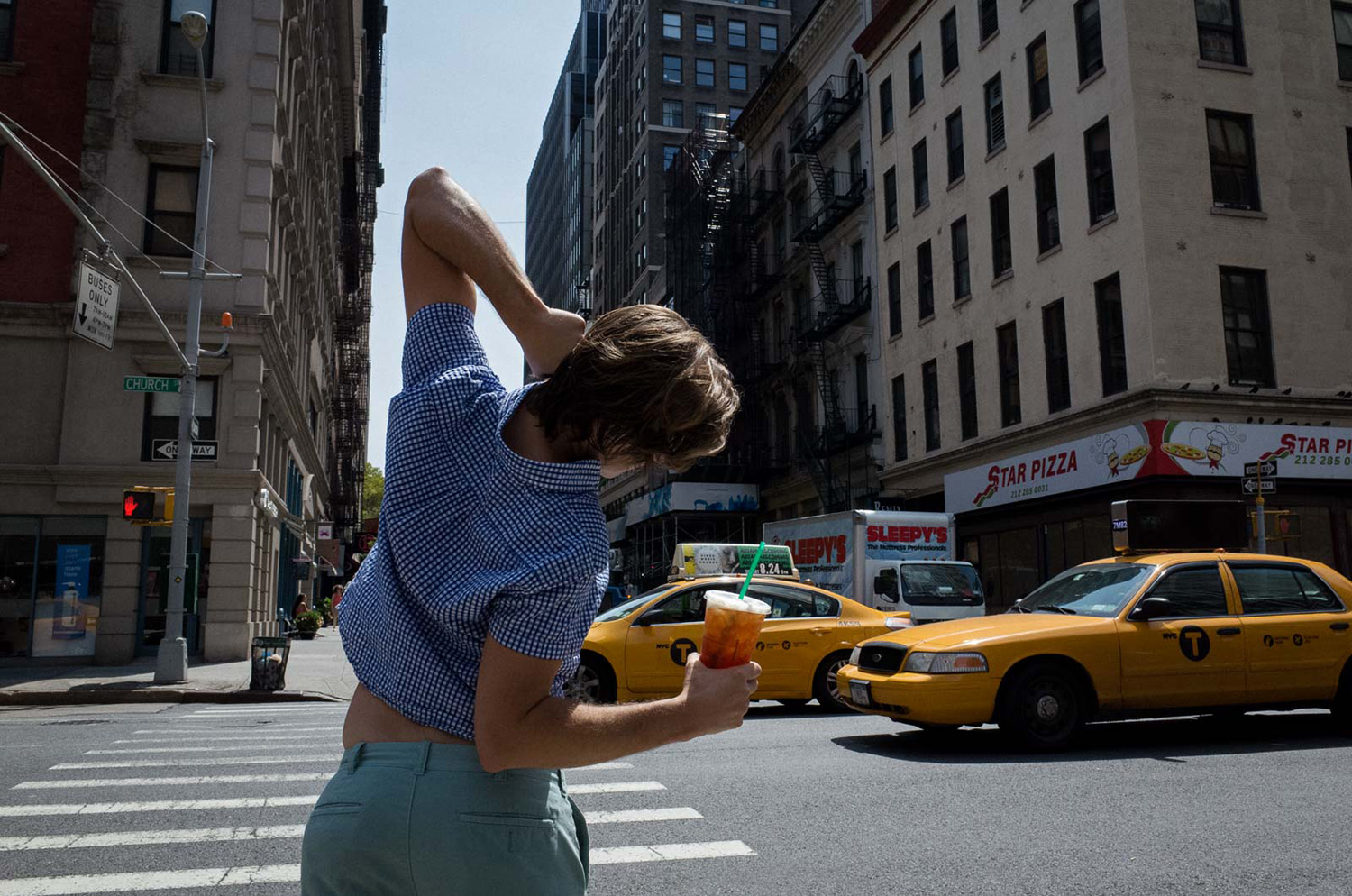
Portfolio: Pau Buscató
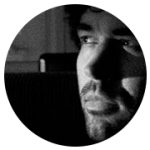
An architect. Born and raised in Barcelona, in 2009 moved to Bergen, Norway. Settled in Oslo last year.
I am a regular office employee. I’ve been an architect for many years, and I would hardly ever turn to photography if I was still happy about my job. In 2010, I got clinically bored — my professional experience made solving any task a mere routine. I felt like a robot, and to get rid of this feeling, I bought a camera and started experimenting.
I was torn between different styles and techniques, I wandered around without a goal, had fun and tried out fashionable things. This has been going on for about two years when I acquainted myself with the works of famous street photographers. They opened something incredible for me, something that has always been within arm’s reach — the world of the streets.To get a better hang of it, I abandoned modern technology: I took an old camera, black-and-white film, bought everything necessary to develop film at home, and started my self-study. This was an intensive crash course in street photography.
In February 2014, I decided I knew something about composition, light, and basic techniques, and went one level up — I started using color.
I think that photography saved me from the madhouse, where I would have suffered from the meaningless of being. For me, it became a way of avoiding everyday hassles and the overly serious outside world. Photography helps me understand myself better. I have to concentrate on the ‘here and now’ all the time. I could say this is my way of meditation.
Look around, open your eyes. We are used to rushing around the city without ever taking note of the details. This is crazy: we lock ourselves inside the bubble of our everyday lives, and never leave it, nor let others in. When I pick up a camera, my bubble bursts — and I touch the outside world and it touches me.
I never look for stories, I interpret the stories that the street offers. It is important for a street photographer to remain open and friendly to everything that’s going on. This helps to capture interesting moments. If you practice enough, you learn when to press shutter release. There are no rules, only intuition, instinct and an unshakeable trust in the result.
Take this photo, for instance. In April 2015, I spent the whole day walking around Barcelona with a camera, I was tired, and then on my way back to the hotel noticed a man with a walking cane. He was slowly waddling to the pedestrian crossing. And then, the yellow stripes of the road marking danced this beautiful dance with his cane. I took several shots, but something was lacking. I started fussing, but then a second man turned up and completed the composition. One click — and everything fell in its place. As with many other shots, this came to life out of sheer luck.
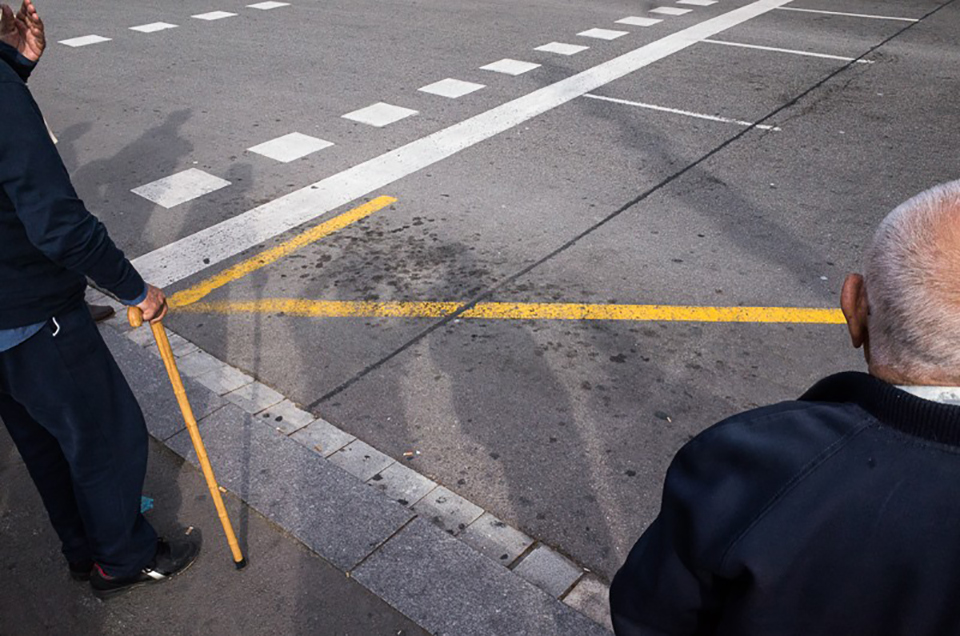
I am inspired by literature, music, and art. The poetic universe of Pedro Salinas and Jorge Guillén, stories by Cortázar, String Quartet by Beethoven, the visual language of Paul Klee, works of the members of the iN-PUBLiC photo collective, photographs by Josef Koudelka, Elliott Erwitt, Jeff Mermelstein…
I think that balance between aesthetics and implied meaning is what makes a good photo.
Every day I wake up and tell myself that new amazing shots are waiting for me in the streets. This is like an endless adventure video game that has no map or ending. I think I’ll never get tired of it.
New and best
